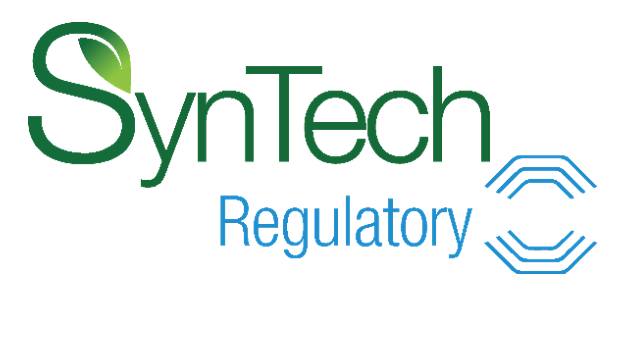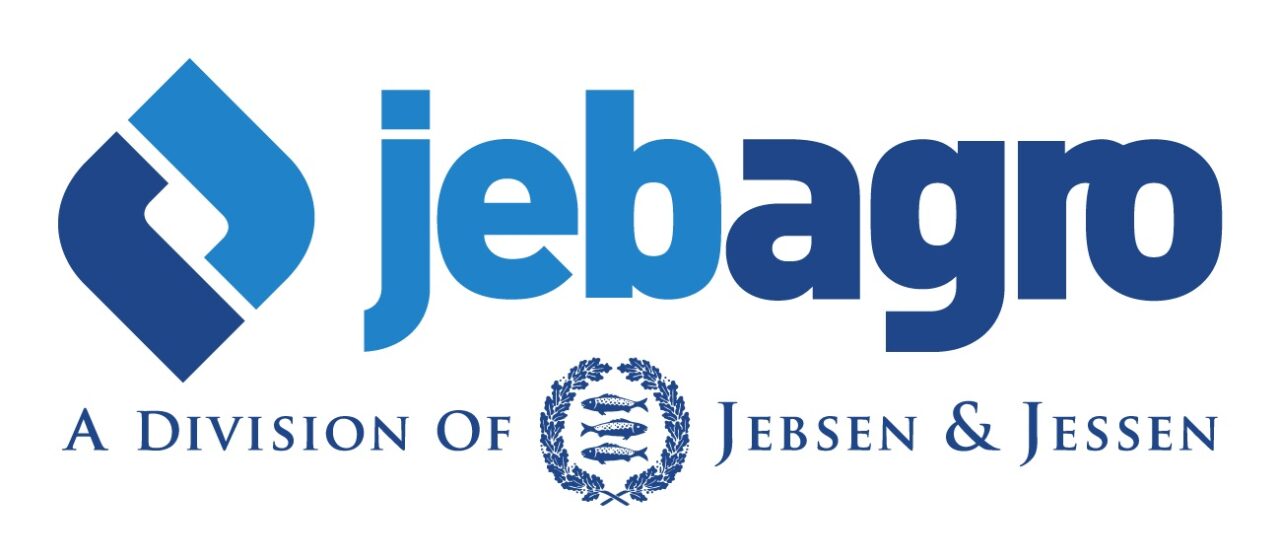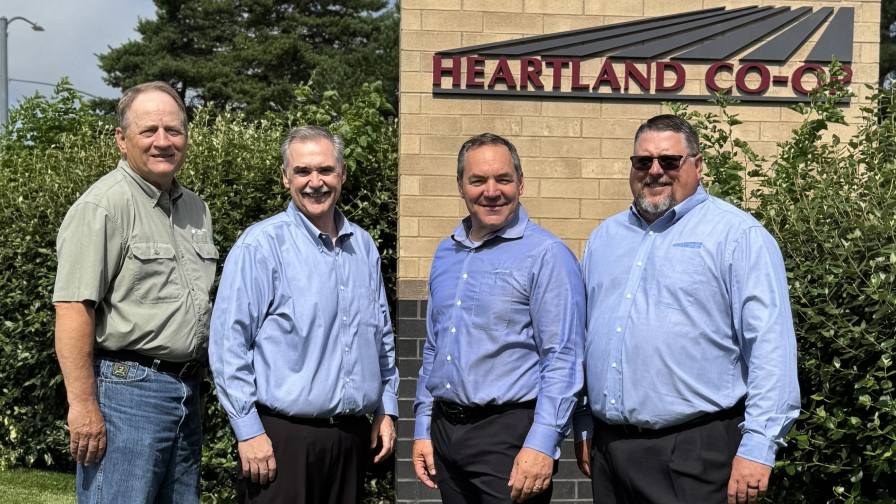Spraying Drone Market Takes Off in Southeast Asia
The use of drones for pesticide application is rapidly gaining popularity in Asia due to their numerous advantages, including increased efficiency, precise spraying, reduced water consumption, and labor savings, writes Dr. Piyatida (Tung) Pukclai in a recent issue of AgriBusiness Global DIRECT. These drones are particularly useful in difficult terrain where targeted application is necessary.
However, regulations regarding drone piloting vary by country, with many national aviation regulators implementing rules to protect national security and commercial air transportation. Despite this, attitudes towards commercial drones are becoming more favorable as emerging business models are embraced.
In Southeast Asia, there has been a cautious approach to the drone industry, with regulations that do not necessarily promote or support drone innovation. However, there are regulations in place regarding the usage, height, and weight of drones.
To further promote the growth of spraying drones, it is crucial to increase acceptance and establish better regulations. Drones are already playing a significant role in optimizing agricultural processes, and countries like Thailand, Vietnam, Malaysia, and the Philippines are developing guidelines for the application of pesticides using drones to combat pests and diseases in crops.
The adoption of agricultural drone technologies requires governments to respond with regulatory frameworks. This includes setting piloting regulations and safe use practices for agricultural drones, as well as pesticide formulations specifically developed for drone application. It is important for governments to take a proactive approach in developing a sound and enabling regulatory framework for the future of farming in the region.
In Southeast Asia, where rice is a major crop, drones are gaining recognition among farmers. The use of spraying drones has grown significantly as they are effective in controlling pests throughout the crop growth cycle.
However, the pesticide market in Southeast Asia is still searching for appropriate pesticides for spraying drone applications. Not all pesticides can be effectively sprayed with drones, as some may clog the nozzles due to poor solubility in water.
Mixing pesticides for drone spraying requires high technical requirements, and ultra-low-volume (ULV) formulations applied through ULV nozzles are the preferred choice if available. These formulations are designed to be sprayed without dilution and require specialized equipment for careful application.
Alternatively, soluble liquid, suspension concentrate, and emulsifiable concentrate formulations can also be considered. Several companies are currently developing pesticide formulations specifically for spraying drone applications, including anti-drifting and anti-evaporation formulations. There is a continuous need for innovative new formulations to improve the efficacy of drone technology while minimizing costs and improving environmental safety.
Learn more about how drones are being used in aerial application in Southeast Asia.






